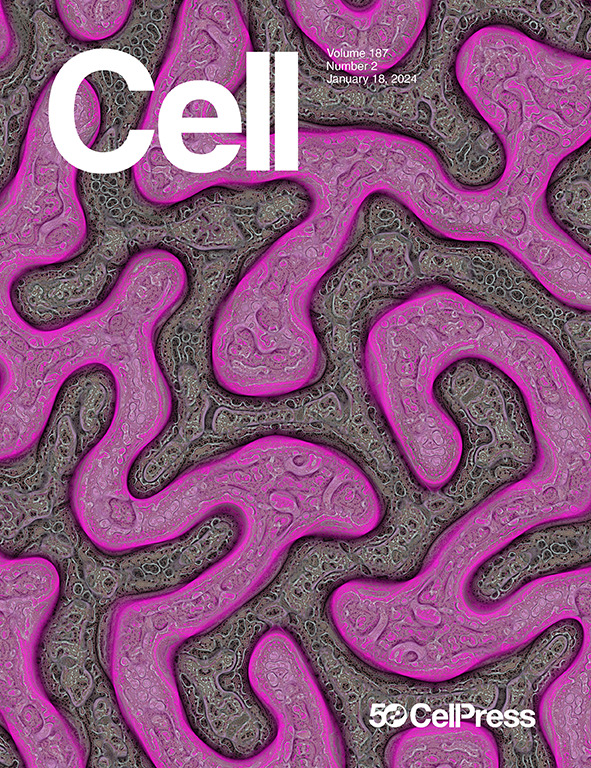Enteric neuronal Piezo1 maintains mechanical and immunological homeostasis by sensing force
IF 45.5
1区 生物学
Q1 BIOCHEMISTRY & MOLECULAR BIOLOGY
引用次数: 0
Abstract
The gastrointestinal (GI) tract experiences a myriad of mechanical forces while orchestrating digestion and barrier immunity. A central conductor of these processes, the enteric nervous system (ENS), detects luminal pressure to regulate peristalsis independently of extrinsic input from the central and peripheral nervous systems. However, how the ∼500 million enteric neurons that reside in the GI tract sense and respond to force remains unknown. Herein, we establish that the mechanosensor Piezo1 is functionally expressed in cholinergic enteric neurons. Optogenetic stimulation of Piezo1+ cholinergic enteric neurons drives colonic motility, while Piezo1 deficiency reduces cholinergic neuronal activity and slows peristalsis. Additionally, Piezo1 deficiency in cholinergic enteric neurons abolishes exercise-induced acceleration of GI motility. Finally, we uncover that enteric neuronal Piezo1 function is required for motility alterations in colitis and acts to prevent aberrant inflammation and tissue damage. This work uncovers how the ENS senses and responds to mechanical force.

求助全文
约1分钟内获得全文
求助全文
来源期刊

Cell
生物-生化与分子生物学
CiteScore
110.00
自引率
0.80%
发文量
396
审稿时长
2 months
期刊介绍:
Cells is an international, peer-reviewed, open access journal that focuses on cell biology, molecular biology, and biophysics. It is affiliated with several societies, including the Spanish Society for Biochemistry and Molecular Biology (SEBBM), Nordic Autophagy Society (NAS), Spanish Society of Hematology and Hemotherapy (SEHH), and Society for Regenerative Medicine (Russian Federation) (RPO).
The journal publishes research findings of significant importance in various areas of experimental biology, such as cell biology, molecular biology, neuroscience, immunology, virology, microbiology, cancer, human genetics, systems biology, signaling, and disease mechanisms and therapeutics. The primary criterion for considering papers is whether the results contribute to significant conceptual advances or raise thought-provoking questions and hypotheses related to interesting and important biological inquiries.
In addition to primary research articles presented in four formats, Cells also features review and opinion articles in its "leading edge" section, discussing recent research advancements and topics of interest to its wide readership.
 求助内容:
求助内容: 应助结果提醒方式:
应助结果提醒方式:


